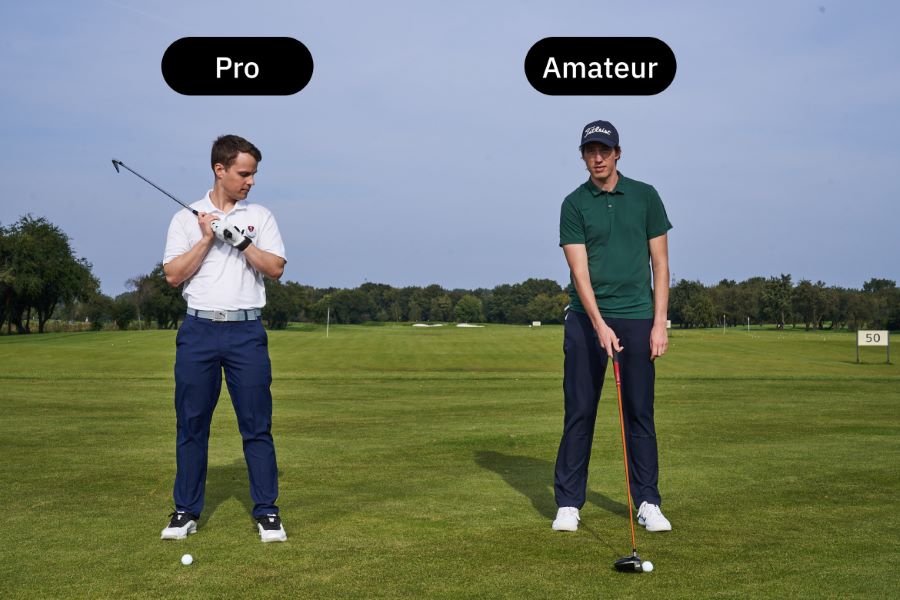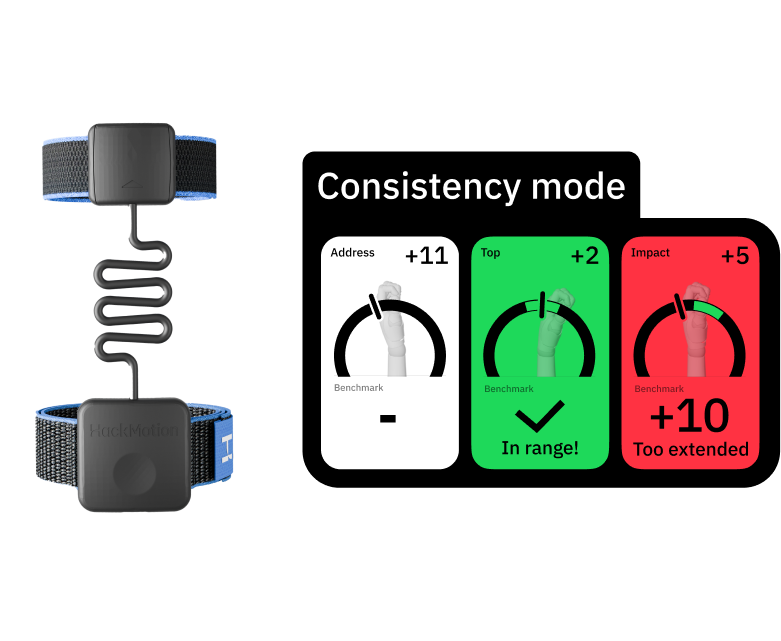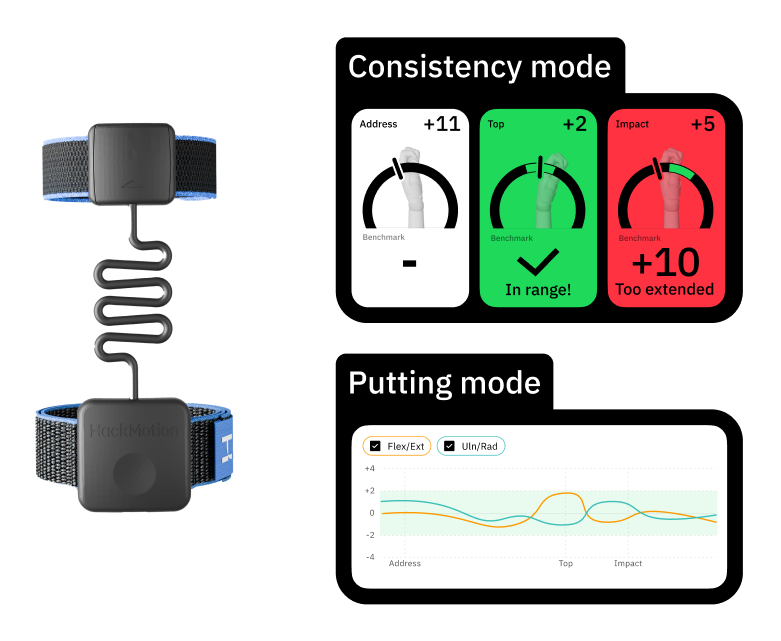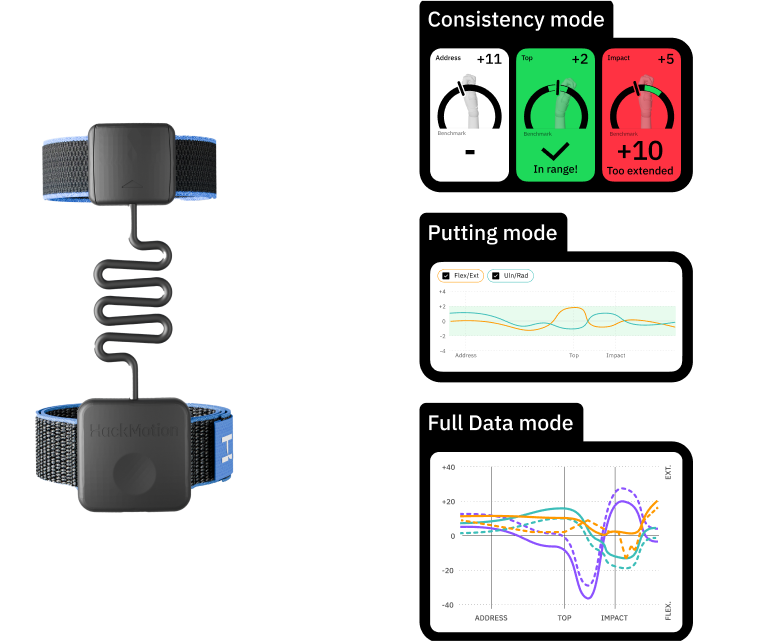Personalized Interactive Driving Range Practice Plan

Create your personalized driving range practice session plan with just a few clicks. Get actionable tips to maximize your driving range practice and recommended drills tailored to your goals.



